Strength Coaches Build Athletes, Not Bodybuilders (Plus More Wisdom From A Strength Legend)
Strength & ConditioningABOUT THE AUTHOR
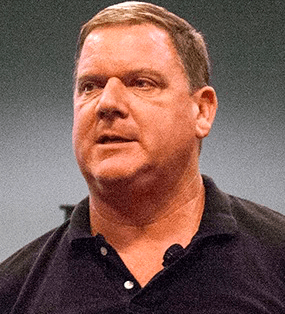
Dan John
Dan John has spent his life with one foot in the world of lifting and throwing, and the other foot in academia. An All-American discus thrower, Dan has also competed at the highest levels of Olympic lifting, Highland Games and the Weight Pentathlon, an event in which he holds the American record.
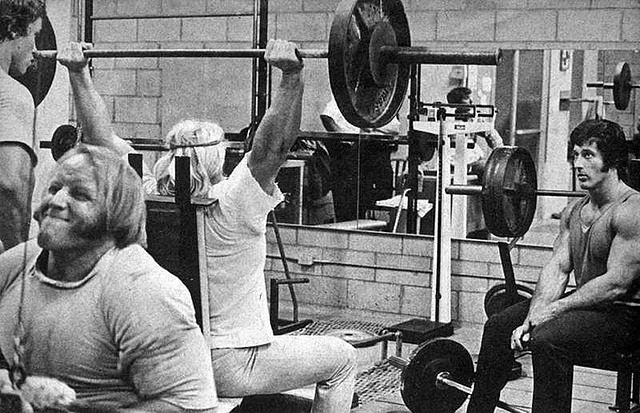
I usually crack out my collection of Strength and Health magazines from 1956 to 1985 or pop out John Jesse’s Wrestling Physical Conditioning Encyclopedia to discover that everything old is new again. I’m not judging anything as good or bad, I’m just saying that everything on the following list can be found in the old magazines and books:
- Kettlebells
- Clubbells
- Circuit training
- Sandbag training
- Gymnastics for bodybuilding
- Fighting…in all its forms
- As well as every lift, stretch, and move ever imagined
So, what “unconventional” thinking I have about strength and conditioning is fairly tame. Let’s start with two thoughts that probably won’t sit well with many people…and they are justified:
- Most people are simply clueless about strength and conditioning. It is actually easy to address this issue.
- Most people literally canNOT “hear” what I am saying when I discuss S and C. This will take a moment to explain.
There are words, symbols, and phrases that have a SINGLE meaning when we use them. These are called “steno” symbols. When you spell steno backwards, you start off with “ONE” and that helps you remember it.
These are words you hear or read and you only think of one thing. Contrast it with a word like “bad.” Now, years ago, you would ask somebody if a movie was good. If they responded, “It was bad,” you didn’t go.
Later, depending on how the word “bad” was inflected, you might leap into your car and drive to the theater. “Bad” could be very, very good…if said a certain way.
And, now, to my point. Since the publication of Arnold’s The Education of a Bodybuilder, weightlifting has a Steno symbol:
- Split training
- Arm day. Leg day. Back day. (I call this Frankenstein’s Monster’s Training: you are a collection of body parts)
- Pump up the muscles
- Protein six times a day in plastic containers
- Whoever dies with the biggest casket wins
- No pain, no gain
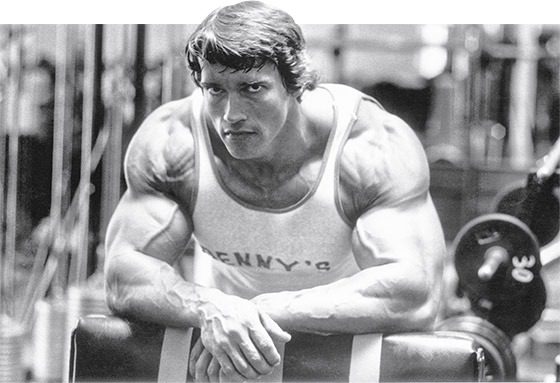
None of that is remotely true in the world of Strength and Conditioning. Yet when I see high school athletes or the football players on Last Chance U train, they look like they are using the protocols off the pages of Muscle and Fitness. Of course, we have a saying for this kind of development:
Looks like Tarzan, plays like Jane.
The former strength coach of the Chicago Bears and all-around great Olympic lifter, Clyde Emrich, said this to Paul Young:
“I feel that there is too much bodybuilding in strength training. Bodybuilding is fine for bodybuilding. But if you are going to perform on the field you had better train in a manner that complements this.”
This is why your multi-joint movements and explosive lifts are the best. Bodybuilding has some application for rehabilitation, but your multi-joint athletic lifts should be your foundation.
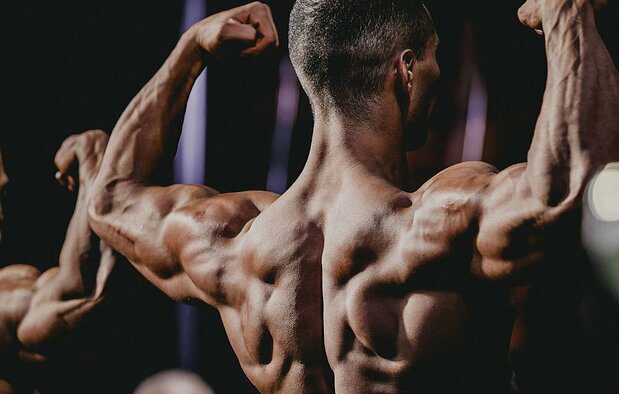
If bodybuilding was the correct way to train for sports, you would see a lot of bodybuilders out there on the fields and courts. And you don’t see that. This is not to knock bodybuilding, but if you are going to be asked to perform as an athlete, you had better train as an athlete.
So, the most “unconventional” idea I have in my head is actually orthodox thinking…but we have to fight the steno symbol that all lifting is bodybuilding.
It is not.
Athletes need to train like athletes.
Athletes need appropriate strength, appropriate conditioning, and appropriate mobility and flexibility. The principle here is that ‘enough is enough; more is just more’. Split their time wisely – athletes need time on strategy, tactics, and recovery just as much as they need strength, speed, and power.
Athletes need:
- Appropriate strength
- Appropriate conditioning
- Appropriate mobility and flexibility
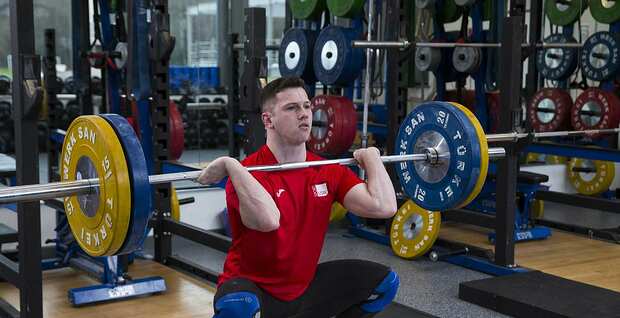
Usually, I just say “Enough is enough; more is just more.” Athletes need to spend time on strategy, tactics, situations, skills, drills, recovery, and appropriate tension, arousal, and heart rate.
The same year Arnold wrote his book, we began the Geographic Period known as the “Montage Era.” It started with Rocky and has just gone downhill. Every sports film has that five-minute sequence of everybody sweating, huffing, and puffing and finishing with a “high five” that ends racial and financial divides and leads us to victory.
Somehow sweating and running up and down stadium steps albeit with a “High Five” leads to superior athletic performance. Your mileage may vary.
This unconventional idea of mine also makes me wonder why “all of this” has to be done. An athlete of mine went off to compete at a Division 1 university. The athlete showed me the training program and my head exploded. Since I am responsible for half of this athlete’s DNA, I felt I needed to ask that key question:
How many rabbits are you chasing?
There is an old saying: if you chase two rabbits, you go hungry. This program had hypertrophy, mobility, flexibility (two kinds…of course!), plyometrics, Olympic lifts, power lifts, circuits, agility and…well, you get the point.
When I was in the spring of my senior year as a discus thrower at Utah State University, my strength program was this:
- Snatch
- Clean
On heavy days, I would snatch just under 300 and clean just under 400 pounds. That workout and a lot of discus throwing led me to throw the discus far.
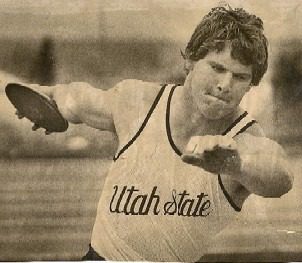
A young Dan John’s training focused solely on two lifts. What happened? He got strong, and threw the discus far. The old saying rings true: ‘if you chase two rabbits, you go hungry’. Dan’s training plan at the time? Snatch heavy. Clean heavy.
I was chasing one rabbit.
I always get hammered online about my list of Fundamental Human Movements:
- Push
- Pull
- Hinge
- Squat
- Loaded Carries
“Everything else” we call the Sixth Movement. I think most of the Sixth Movement is climbing and crawling, but other people lose their minds because I don’t include lunges.
Lunges, for God’s sake.
I have yet to hear an athlete take me aside and tell me: “Coach, the difference this year is the lunges.” Yes, I hate lunges.
But, here is my point: to me, it is just “more.” To me, we just sent Igor into the cemetery to find more parts.
You can certainly disagree, if you can do so with some level of knowledge, experience, and tact.
Are you a better coach after reading this?
More coaches and athletes than ever are reading the TrainHeroic blog, and it’s our mission to support them with useful training & coaching content. If you found this article useful, please take a moment to share it on social media, engage with the author, and link to this article on your own blog or any forums you post on.
Be Your Best,
TrainHeroic Content Team
HEROIC SOCIAL
HEROIC SOCIAL
TRAINING LAB
Access the latest articles, reviews, and case studies from the top strength and conditioning minds in the TH Training Lab

